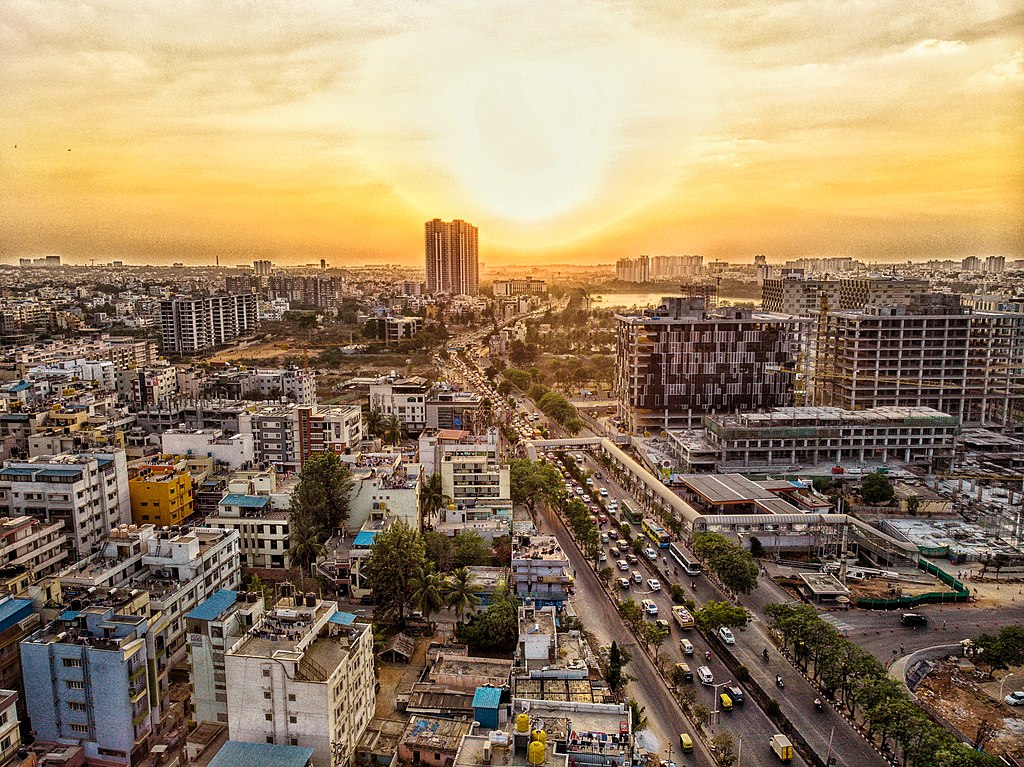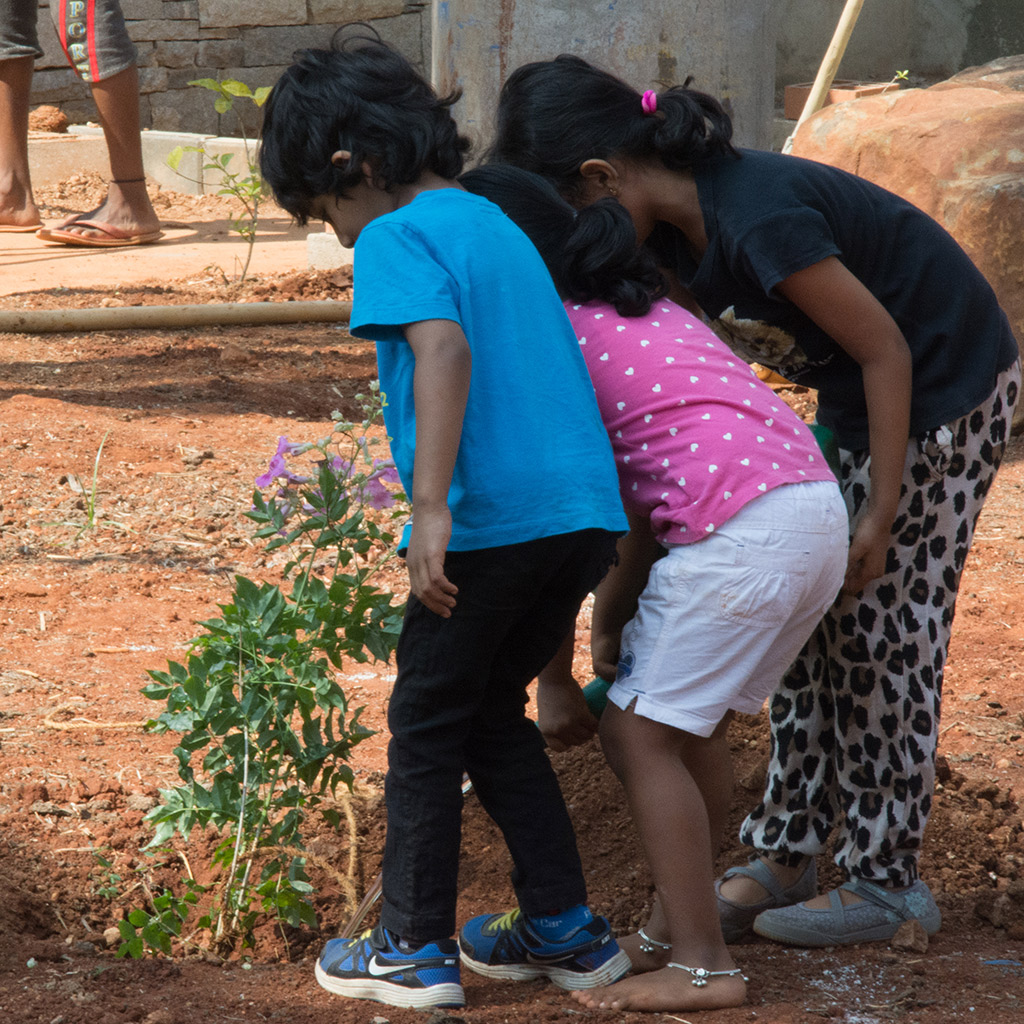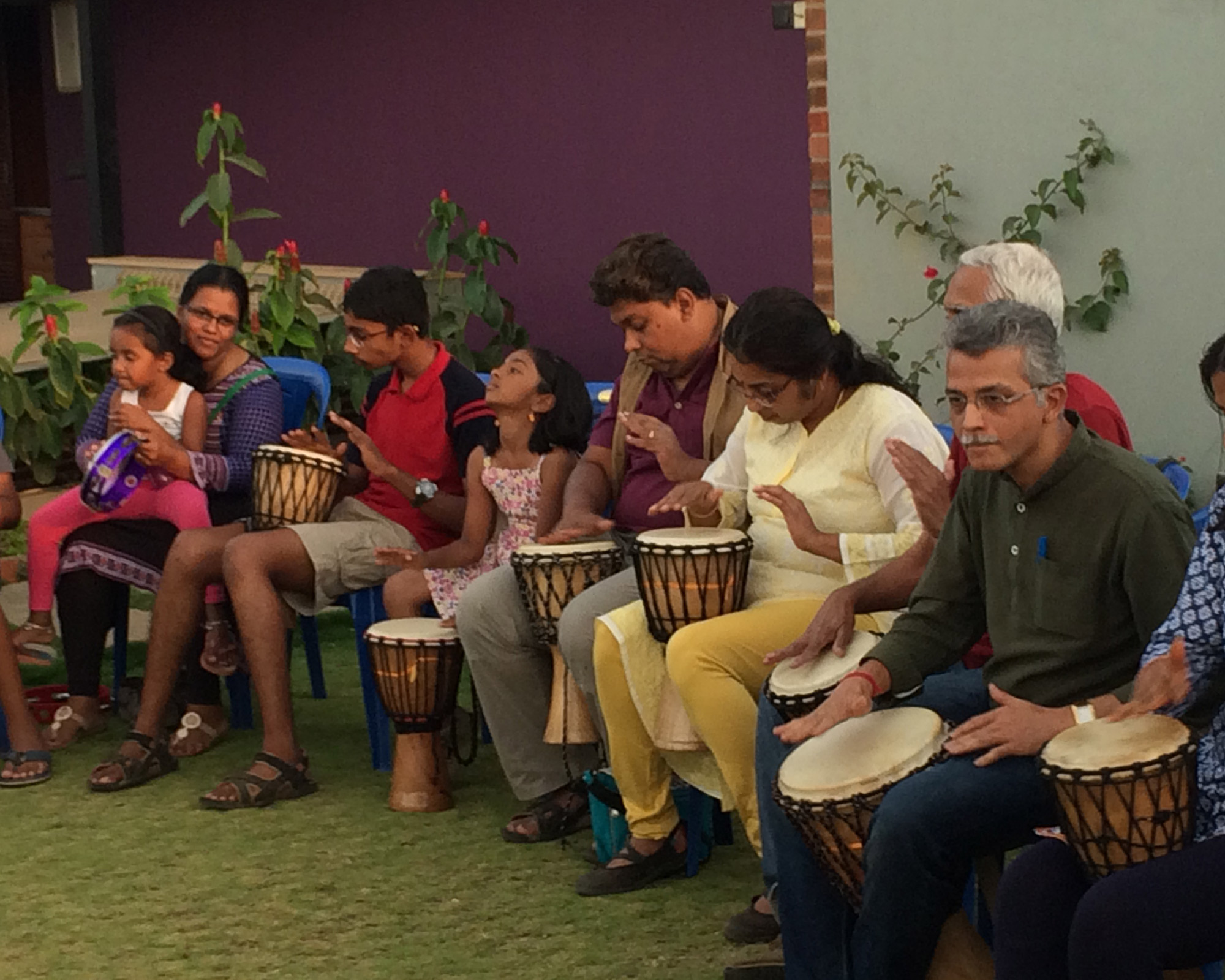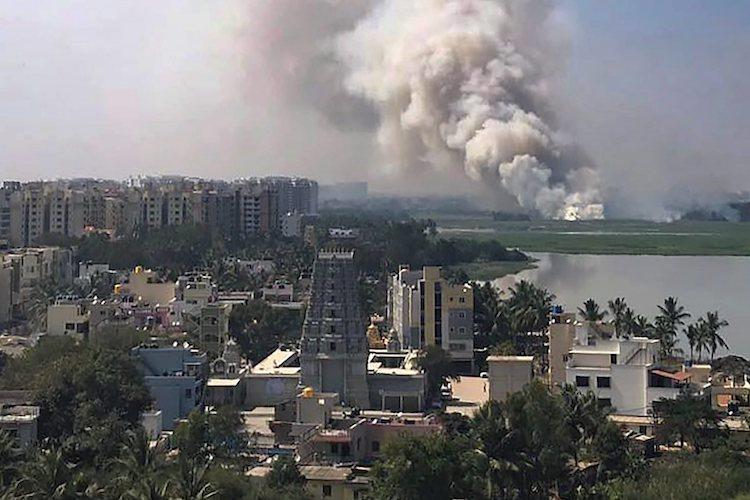Context and Challenges

THE CONTEXT
Within most urban areas, housing solutions are limited and do not offer qualitative choices in terms of lifestyle or impact. Group housing activity in India today is dominated by the real estate sector, rather than initiated by communities interested in living together. The truth is that most people are actually looking for communities that are secure, comfortable and affordable – communities which will give them a sense of belonging and a place to put down roots, usually missing in urban development.
The Real Estate model is a result of the broader economic environment within which all development takes place, where the limited focus of investors and ambiguous government policies dictate a process which has become disconnected from “housing”. The result is that housing has become a game of numbers; where the social, environmental and long term economic costs remain hidden – their impact neither understood nor anticipated.
One must question the quality of life as it is promoted and perceived in these environments. On one hand, the lifestyle sold as an aspiration is disconnected from the experience and culture of our society. On the other, water shortages, power cuts, and abysmal waste management are not unusual. Homes are often characterised by uncomfortable living spaces that require artificial light and ventilation.
The environment is also a victim of this uncontrolled development. Land value speculation leads to higher densities and vertical development patterns that strain the carrying capacity of the land. Depleting green cover, diminishing groundwater resources and climate change are only the tip of the iceberg. While there is a growing awareness to conserve and care for the environment, this awareness has unfortunately been assuaged using consumable “green” technologies, which have become marketing tools for developers. Often, the technological solutions offered are to “fix” problems inherent in the design.
In this context, the way forward is through a collaborative approach. Decision making should involve all stakeholders – from the architect, engineer, and carpenter to the end user, community and natural environment. Holistic development is not top down but shared and joint. Our experiences in collaboration in Malhar have illustrated that building sustainably not only creates sensitive environments, but also makes business sense.

THE CHALLENGES
- Rising land costs render cutting back on the construction cost almost insignificant and lead to higher costs of housing.
- Current building bye-laws are designed for vertical apartment development or “layouts” and do not recognise or allow any alternatives.
- Limited availability of skilled labour motivated to build alternatively.
- The traditional developer-user interface is limited by the transactional model. This builds a consumer culture which is not participatory in essence but demands maximum value for minimum participation.
- Alternative co-housing models face challenges of leadership and accountability. The [buy-in] required from community members is significant and not always assured.
- The existing process of development has an inherent atmosphere of mistrust across all participants due to perceived conflicts in risks and expectations. There is a need for social facilitators in the community that will build trust, consensus and cooperation to take the idea of a sustainable and conscious community forward.

QUESTIONS
The challenges we faced while conceptualising and realising Malhar went beyond the scope of our traditional roles as architects, engineers and developers. They are concerned with broader issues, many of which plague urban development today. Facing and overcoming these will need collaborations across streams and disciplines – collective ownership and responsibility. We pose certain questions to the reader:
FOR THE COMMUNITY
How can we view new residential developments in the context of existing and surrounding villages that make up the city of Bangalore? Can we see ourselves as just another village?
Can we build a sense of security and safety without thinking of ourselves as insular and separate from other communities around us?
How do we share and celebrate our common spaces? How do we manage the costs, both material and human, related to them?
Who is responsible for the spaces outside the community? Is ownership the only factor determining responsibility and initiative?
What does ownership really mean?
How should we take this broader idea of the community forward?
FOR THE PROFESSIONAL
Can we design processes or platforms that would facilitate groups of people in the city to come together to form their own communities?
How could these processes be incorporated as part of city planning?
How can we influence controlling the cost of land?
How do we challenge the ideas of individual ownership vs collective?
How can we build leadership in urban development, locally and globally?

It is time the City planners relooked at their master plans. Urban decongestion is the call of the hour, and Malhar is an example of what is possible.
Thank you for writing these, Natasha. It’s hugely informative and packed with perspective. Dialogue on housing, development and communities has only just started being a part of my practice. Reading this series of articles felt like conversations we are having right now fleshed out over 10 more years of practice!
I love that your style is so direct and the content is condensed, there’s no “mansplaining”. It joins so many dots about practice, urbanism, ethics and the human side of sharing a vision + building a community. It’s a lot, and I am so so glad it’s out here and accessible. I will definitely come back to read this again. It’s a massive resource for anyone who might venture down the same path! Thank you again. 🙂
Malhar should become a model for future residential projects. We need enlightened home developers to firtst form a community of their own so that they can learn from each other.
Wonderful initiative as we see ! And the community fairs add to it !